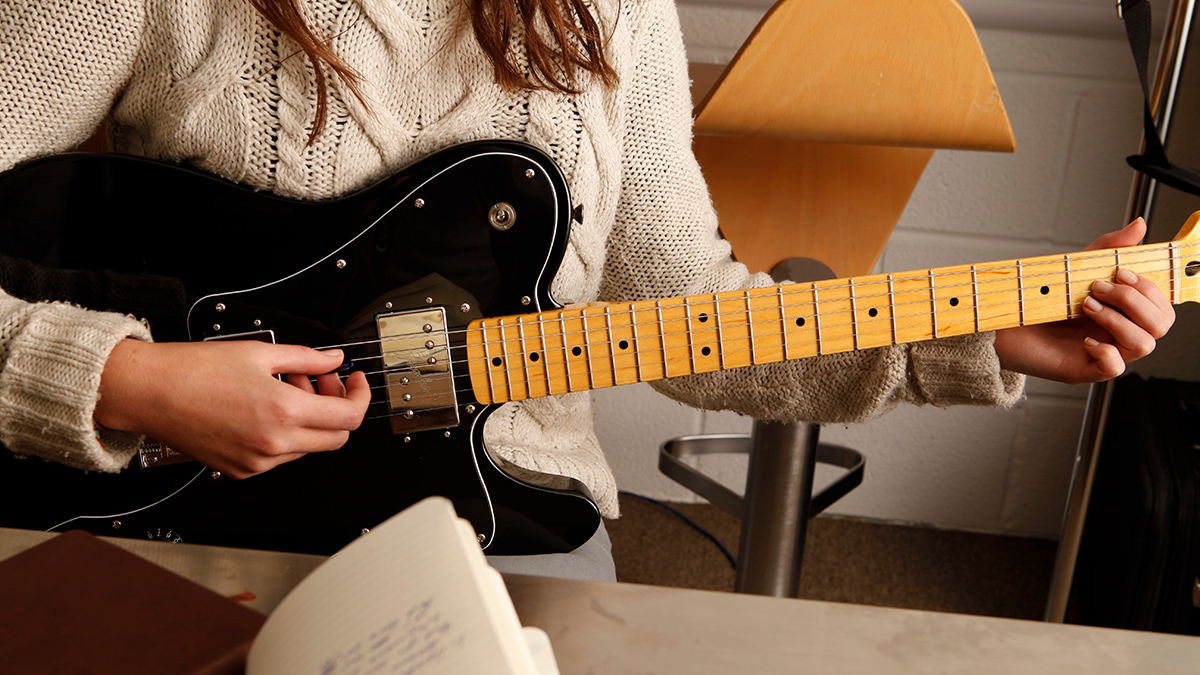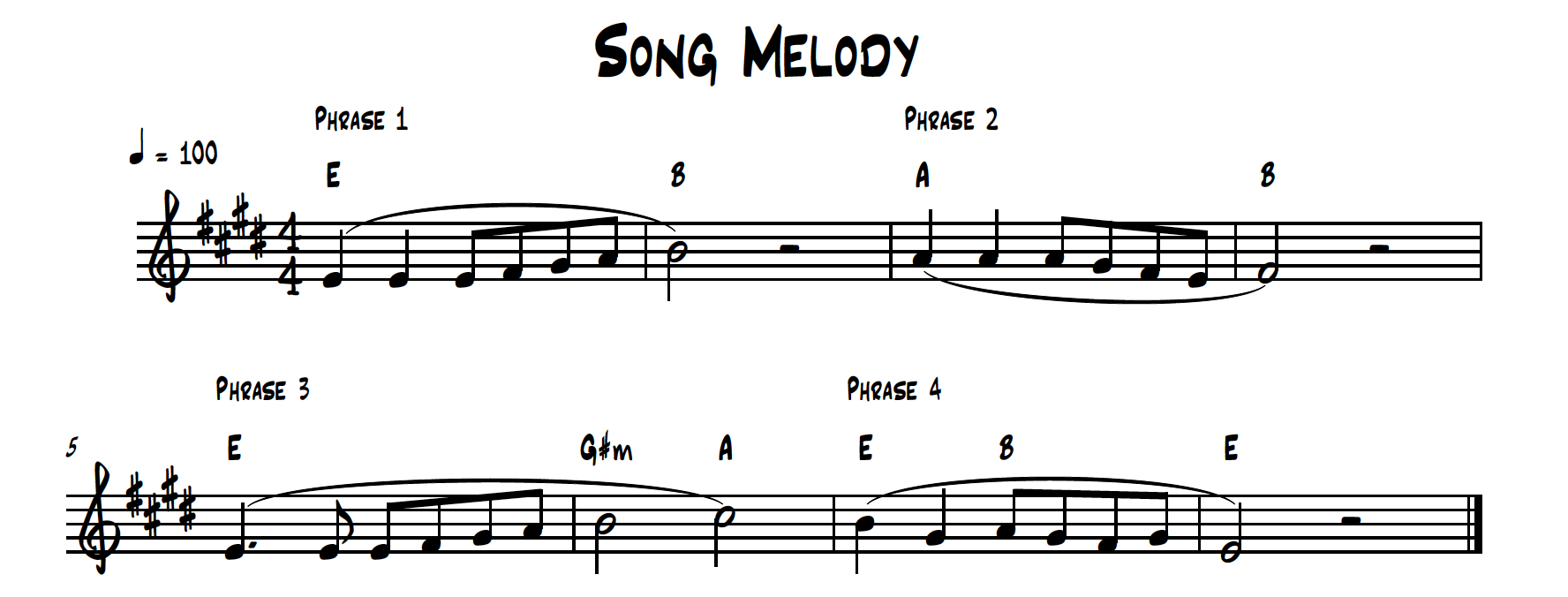
When we listen to any form of music, we listen for the elements that resonate with our personal emotions. While there are some that may choose to pay more attention to rhythm or harmony, the overwhelming majority of us music aficionados listen first and foremost to the melody
Music history is littered with all forms of musician, some of whom have a good understanding of music theory, and others who don’t. Either way, channelling some theoretical knowledge at a subconscious level will still yield success.
Paul McCartney clearly knows what he's doing when it comes to scribing a good tune, but by his own admission, he does not read the dots on the page. It’s a case in point, but the rules of music theory are there to be broken. However, you can only break the rules, if you know what the rules are!
Getting in key
Why is the key important to melody writing?
As we explained in our previous instalment, a melody is the term we use to describe combinations of notes which, when played or sang in rising and falling structures, will stand at the front and centre of your track, or could support the main (or additional) melody as a counter-melody.
One of the first decisions that you will need to take when approaching melody writing, is choice of key for your composition or song.
There are several factors that may influence this; as a guitarist, you may prefer to work in keys such as E or A major, whereas a keyboard player may prefer to work in C major. Of course, fluent instrumentalists can effectively play in any key without issue, but these keys will intrinsically affect the notes that you use.
As strange as it might sound, different keys can also sound either brighter or more melancholic, so it’s worth trying a few options before making a firm decision.
If you intend to sing your melody, the range needs to fit comfortably with your voice. If you are writing a melody in the instrumental domain, you may need to take account of the instrument that you are writing for.
For example, brass instruments prefer keys such as B-flat and E-flat major, whereas stringed instruments prefer sharp keys, much like a guitarist.
If you're unsure of the key you want to write in, just experiment! Start by identifying the chord that you are playing, and have a sing or a play, to find what suits.

What is a riff?
What is a riff?
The style of music that you are working in will also inform your next decision. A riff is a short musical/melodic fragment; if you are writing in a style such as EDM, your music may use a riff in a fairly repetitive way.
If you've got a good idea, why wouldn't you repeat it? But if you are working within the realm of a more conventional song-form, a melody may be comprised of a series of phrases. These are much like riffs, but normally slightly longer in makeup, and open to variation as a song develops.
If you have a strong riff or phrase, consider using this as part of your chorus. Think about the best choruses in history, and there will almost always be repetition. It could also be the melody that hooks in the listener, hence the term ‘hook’, which is often applied to catchy elements of a chorus.

In songwriting, a good starting point is to think in terms of creating 4 phrases to from your chorus. This is one of those rules that is there to be broken, but the 4-phrase rule should certainly get your melody underway. You can always refine your material later.
Try singing or writing notes in a step-wise motion. In musical terminology, step-wise motion is normally known as a scale. Think of the theme to the British TV show EastEnders where the first six notes of the theme are simply a major scale that moves up in steps. You may also notice that the second phrase from the same theme uses four notes of a scale going downwards.
This upward and downward motion creates a sense of phrase and equilibrium, and that's something that a listener will identify with subconsciously. Many of the strongest melodies ever written work on the principle of basic step wise motion.
If you've got an idea now, of what a core melody should be, now it's time to introduce different rhythmic note lengths. Rather than keep every note the same, make some of them longer or shorter, to add interest.
A good starting point will be to use longer notes at the beginning of a musical phrase, introducing shorter notes later.
Lyrics and melodies

How melody and lyrics work together
Many songwriters find influence from a lyric. Adding a melody and rhythm to an existing lyric is an art in itself.
As a composer or songwriter, it is important to go with your gut feeling. If something strikes a chord with you, go with that feeling. If you listen back to it the following day, and it's not as good as you thought it was, you can always adapt the melody, or simply start again.
By adding a lyrical content, you introduce another element to the melody-writing process, and one feature you might want to explore is 'word painting'. This is where you employ musical traits to endorse a lyric.
An obvious example would be to create a musical phrase which rises, as you use a lyric such as ‘reach for the sky’, or by a similar token, you might compose a phrase which moves downward in pitch, as you use words such as ‘falling.’
Word painting may also influence the key you find yourself using. Major keys are overtly uplifting, whereas minor keys can promote a feeling of sadness. If you are writing about a ‘beautiful day,’ it stands to reason that you would probably want to do so in a major key - if you’ve been jilted by your partner, well… it’s probably all about the minor key!

Structuring your melody
How to structure your melody
In much the same way that your chosen musical style will influence your melody writing, you may find yourself needing to compose more than one section.
Conventional songs contain a number of verses which are lyrically different each time, and choruses which, tend to repeat. You may also want to consider a bridge, which could appear before a chorus, or as an entirely different section after a couple of verses and choruses.
There’s great value in having a listen to music or songwriters that you admire, and make a note of the forms that you hear. You don't have to copy it, but it might act as a very useful starting point for creativity.







